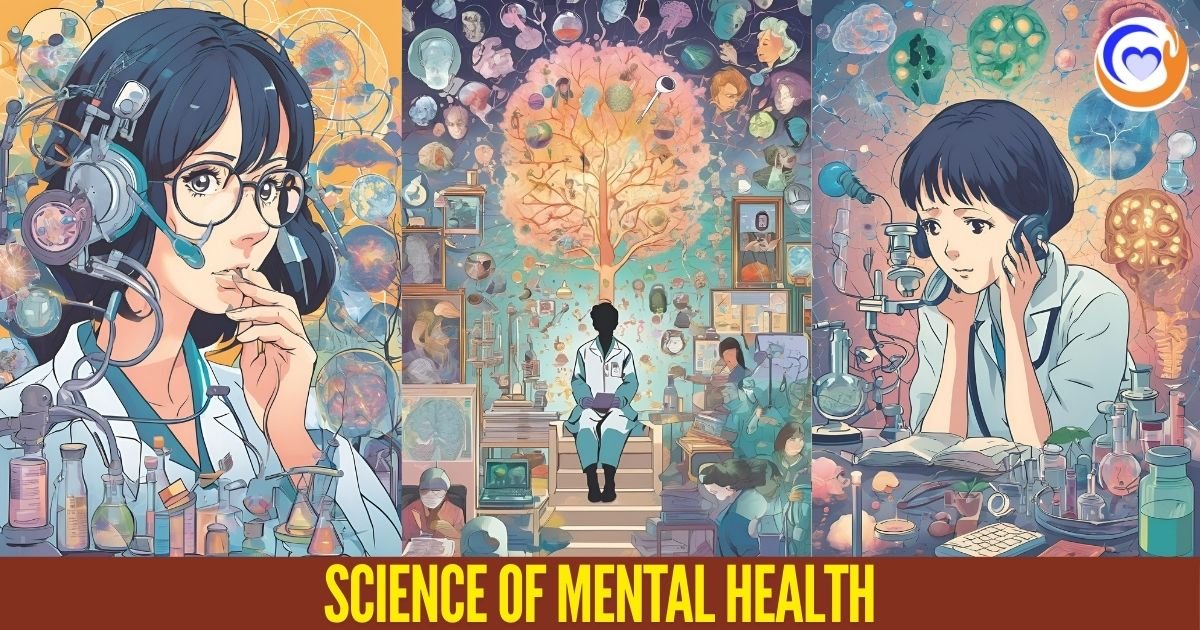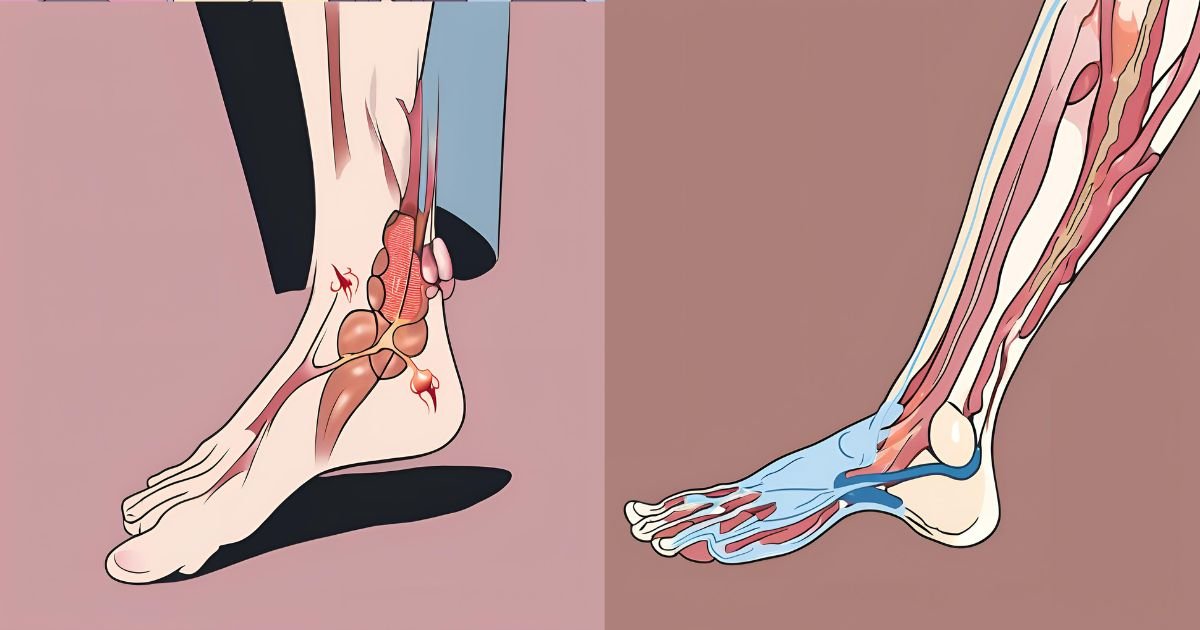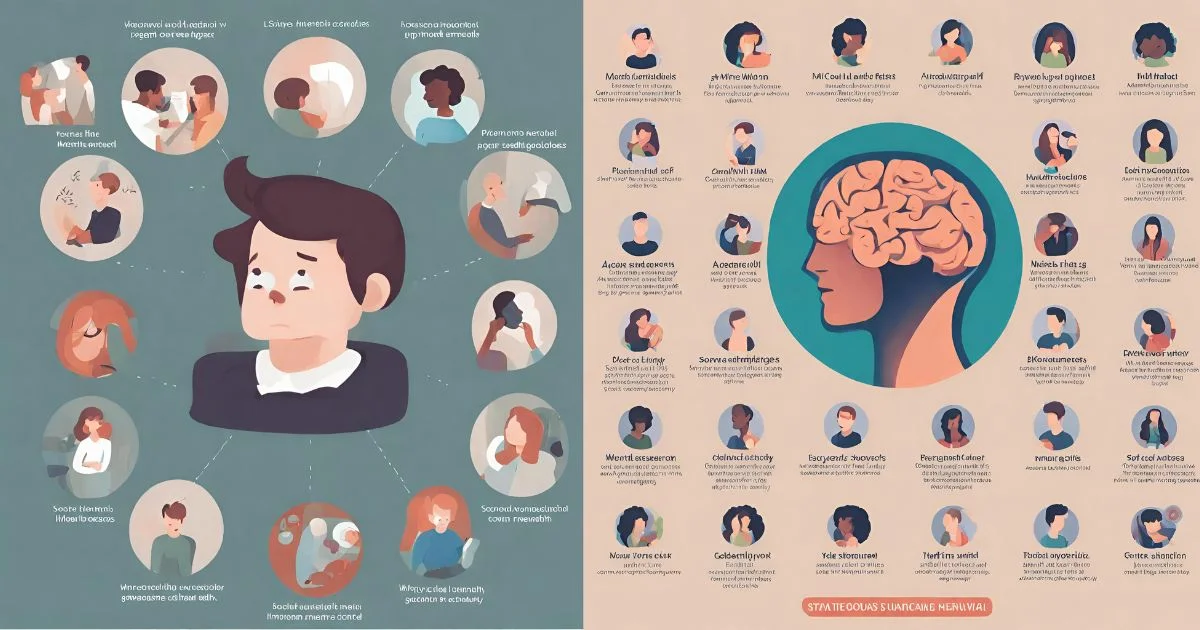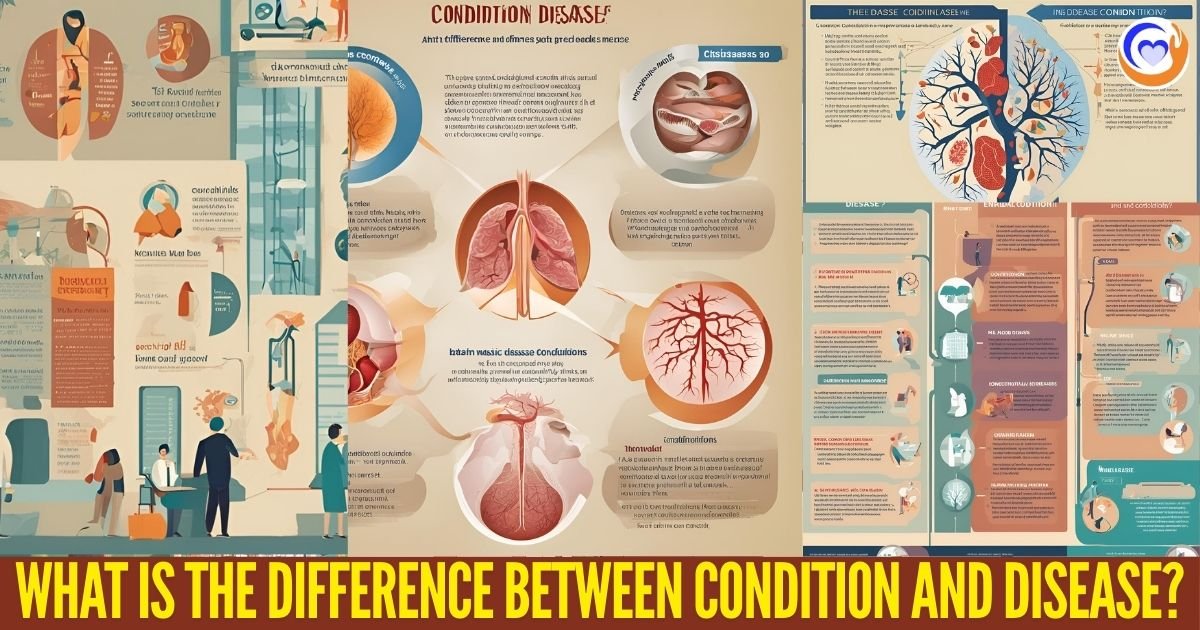Introduction
The human eye is a complex organ that allows us to see the world around us. It comprises many parts that work together to focus light and produce clear images. However, like any body part, the eye is susceptible to various diseases and conditions that can impair vision or lead to blindness. These essays will overview some of the most common eye diseases and conditions, their causes, symptoms, diagnosis, and treatments.
Cataracts
A cataract is a clouding of the lens in the eye that affects vision. The lens is usually straightforward and allows light to pass through it to focus on the retina. With a cataract, the lens becomes progressively opaque, blocking some or all light from reaching the retina and causing blurred vision. Cataracts typically develop slowly over many years as a part of the natural aging process. Still, they can also occur after an eye injury or due to certain medications, medical conditions like diabetes, or genetic disorders.
The most common symptoms of cataracts are cloudy, blurry vision, faded colors, problems with glare and halos around lights, frequent changes in eyeglass prescriptions, and eventual vision loss. Cataracts are diagnosed through a comprehensive eye exam that checks visual acuity and the lens’s transparency. Treatment involves surgical removal of the cloudy lens and replacement with a clear artificial intraocular lens implant. Cataract surgery is one of the most common and successful procedures, with over 90% of patients experiencing improved vision.
Glaucoma
Glaucoma is a group of eye diseases that damage the optic nerve, which transmits visual information from the eye to the brain. It is often associated with increased fluid pressure inside the eye that can damage the optic nerve if left untreated. The two main types of glaucoma are open-angle glaucoma, which develops slowly and often without symptoms at first, and angle-closure glaucoma, which involves a sudden pressure buildup and causes more acute symptoms.
Risk factors for glaucoma include older age, family history, diabetes, high eye pressure, farsightedness, and African-American or Hispanic ethnicity. Symptoms include blurred vision, the appearance of halos around lights, loss of peripheral or side vision, redness in the eye, severe eye pain, nausea, and vomiting if angle-closure glaucoma develops. Glaucoma is diagnosed using a comprehensive eye exam, visual field testing, and eye pressure measurement.
Treatment focuses on lowering eye pressure through medications like eye drops, laser procedures, or surgery. Catching and controlling glaucoma early is key to preventing permanent vision loss or blindness, as damage to the optic nerve cannot be reversed. Ongoing monitoring and treatment are needed to manage glaucoma.
Diabetic Retinopathy
Diabetic retinopathy affects the retina, the light-sensitive layer of tissue at the back of the eye that transmits images to the optic nerve. It is a common complication of diabetes and a leading cause of blindness among working-age adults. High blood sugar levels from uncontrolled diabetes can damage the tiny vessels that supply the retina.
In the early stages, diabetic retinopathy may cause no symptoms. As it progresses, it can lead to symptoms like blurry or patchy vision, floaters, flashes of light, and vision loss. Diabetic retinopathy risk increases the longer a person has diabetes. It can be prevented or minimized by rigorously controlling blood sugar, blood pressure, and cholesterol levels.
Retinal imaging and eye exams allow ophthalmologists to detect and monitor diabetic changes before vision loss occurs. Based on findings, they may recommend treatments like laser surgery to stop abnormal blood vessel growth, injections of medications into the eye, or vitrectomy surgery to remove scar tissue or blood from inside the eye. Controlling diabetes is essential to prevent irreversible vision damage.
Dry Eye Disease
Dry eye disease is a common and often chronic condition where the eyes do not produce enough quality tears to stay lubricated. Tears coat the eye’s surface, wash away debris, and provide moisture and protection. When tear production is inadequate, dry eye can lead to irritation, inflammation, and damage on the ocular surface.
Dry eye is more prevalent in older adults, women, and people with autoimmune conditions. Contributing factors include medications that reduce tear production, inflammation disorders, Meibomian gland dysfunction, blinking abnormalities, and environmental conditions like low humidity and irritant exposure. Symptoms range from mildly gritty, stinging, red eyes to significant light sensitivity, pain, and blurred vision that can interfere with daily activities and quality of life.
After a comprehensive eye exam, ophthalmologists diagnose dry eye based on the patient’s symptoms, tear production and quality, and appearance of the eyes and eyelids. Treatment aims to supplement tears, reduce inflammation, and address underlying causes. This can involve artificial tears, ointments, gels, anti-inflammatory eyedrops, warm compresses, omega-3 supplements, Meibomian gland treatments, and environmental or lifestyle adjustments. Severe dry eye may require prescription medications, procedures, or surgery.
Age-Related Macular Degeneration
Age-related macular degeneration (AMD) is an eye disease that damages the macula, the part of the retina responsible for sharp central vision needed for activities like reading, driving, or recognizing faces. It is a leading cause of severe vision loss and legal blindness in older adults over 60. AMD occurs in two forms: dry AMD and wet AMD.
Dry AMD is an early form that causes thinning of the macula but may cause few symptoms at first. As more cells in the macula degenerate over the years, blurry central vision develops. Wet AMD occurs when abnormal blood vessels grow under the retina, leaking blood and fluid that causes rapid loss of central vision. Distorted vision, central blurriness, and fading colors are common AMD symptoms.
While AMD cannot be cured, early detection and treatment can slow its progression. Eye exams allow ophthalmologists to identify AMD changes before significant vision loss occurs. Depending on the type and severity, they may recommend vitamin supplements with antioxidants, vision aids, medications injected into the eye to slow blood vessel growth, laser therapy, or photodynamic therapy to target leaking blood vessels with light-activated drugs. Quitting smoking and maintaining a healthy diet, weight, blood pressure, and cholesterol can also lower AMD risk.
Retinal Detachment
Retinal detachment describes a condition where the retina separates from its underlying layer of support tissue. This can cause visual distortions, flashes of light, floaters, and a curtain or shadow over the field of vision. Retinal detachment is a medical emergency that can quickly lead to permanent vision loss if left untreated.
There are various causes of retinal detachment. As the vitreous jelly in the eye ages and shrinks, it can pull on the retina and create tears through which fluid can seep in and detach the retina. Risk factors include eye injuries, inflammation, tumors, and high myopia. People may be born with areas of weakness in their retina that make them more susceptible. Early warning signs of retinal tears include sudden flashes of light and increased floaters.
Retinal detachment requires prompt surgical repair. Ophthalmologists have a variety of methods to reattach the retina. Pneumatic retinopexy injects a gas bubble into the eye to flatten the retina against the wall. Vitrectomy surgery removes vitreous gel pulling on the retina and replaces it with a gas bubble. Laser photocoagulation uses a laser to create scars that adhere to the retina back down. After reattachment, vision can gradually improve over several months as the eye heals.
Color Blindness
Color blindness, or color vision deficiency, is one of the most common inherited eye disorders that makes it difficult to distinguish between specific colors. It mainly affects men and occurs when cone photoreceptor cells in the retina lack sensitivity to detect differences between red, green, or blue light. This makes it hard to discern shades of those colors.
The most prevalent type is red-green color blindness, where people mix shades of red and green. They may see both colors as brownish or have difficulty telling them apart. Other types are blue color blindness, which affects blue and yellow shades, and total color blindness (extremely rare), involving an inability to see any color. Color blindness ranges from mild to severe but does not worsen over time.
Color blindness is diagnosed using visual tests where patients must arrange colored dots into a visible number or pattern. There is no cure, but most people adapt by relying more on brightness and hue. Tinted glasses may offer some enhancement by filtering out overlapping wavelengths of light. Occupations that require a specific color perception, like pilots or electricians, may be restricted to those with color blindness. However, the condition does not affect overall vision clarity or visual acuity.
Strabismus
Strabismus refers to eyes that are misaligned or point in different directions—one eye looks straight while the other turns in, out, up, or down. This happens when the eye muscles controlling eye movement and coordination do not work together correctly. As a result, the brain ignores images from the misaligned eye, causing vision development problems. Strabismus needs early treatment in children to preserve vision and avoid amblyopia (“lazy eye”).
Common causes in children include genetic factors, farsightedness, cataracts, injury, or nerve damage. In adults, stroke, trauma, or eye muscle disorders can trigger strabismus. Symptoms include crossed eyes, eye drifting, headaches, double vision, squinting, and inability to judge distance or depth. Strabismus diagnosis involves vision testing, eye alignment measurement, and evaluation of eye movements.
Treatments include eyeglasses, vision therapy, eye patches, and sometimes surgery to realign and reposition the muscles. Treatment success is highest when starting early in childhood during critical vision development. Permanent vision loss in the misaligned eye can occur if strabismus remains untreated. Even with treatment, visual acuity may not fully recover.
Eyestrain
Eyestrain is a group of symptoms from intense visual tasks, improper focus, dry eyes, glare, poor lighting, or staring at digital screens for too long. Symptoms include sore eyes, blurry vision, headache, fatigue, watery eyes, and dry eyes. While eyestrain can happen at any age, it becomes more prevalent in people over 40 as the eyes age and have more difficulty adjusting focus. Eyestrain tends to worsen throughout the day with prolonged computer use.
Preventive measures for eyestrain include proper lighting when reading or looking at screens, positioning screens below eye level, taking breaks, blinking frequently, adjusting font size and brightness, and maintaining good posture. Reducing glare and using lubricating eyedrops can also help. Eyestrain usually subsides with rest. Specialized glasses may be needed to optimize visual focus and clarity if symptoms persist. Severe, chronic eyestrain may signal an underlying eye condition or refractive error that an eye doctor should examine.
Conclusion
The intricate anatomy and physiology of the human eye allow us to see and perceive the visual world. However, it also makes the eyes vulnerable to various disorders and impairments. Major eye diseases like cataracts, glaucoma, macular degeneration, and diabetic retinopathy often arise from aging processes, health conditions, injuries, or genetics. Common eye problems include dry eyes, eyestrain, strabismus, and color blindness. Early detection through regular eye exams gives the best chance for effective treatment and preservation of vision. Ophthalmic advances improve diagnosis and management of eye disease to enhance quality of life. While vision loss cannot always be prevented, increased awareness and care for ocular health help maintain this sense.








